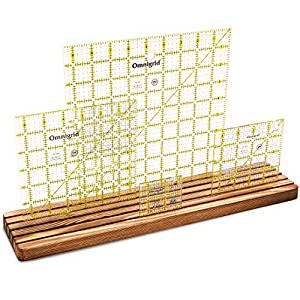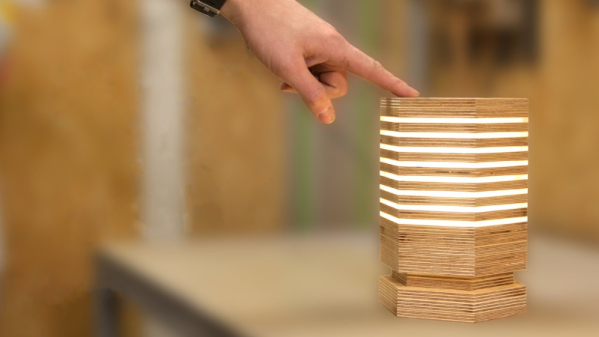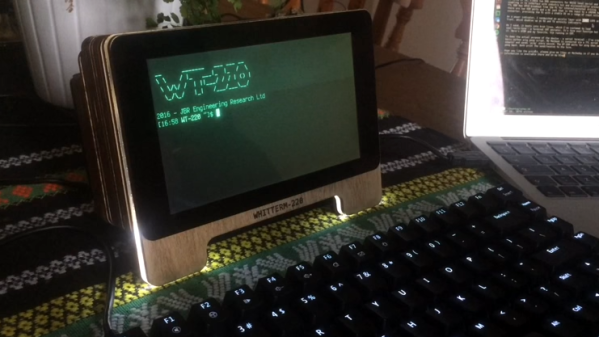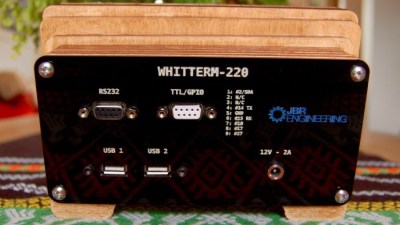Heading off to college comes with its own set of challenges. Harder course material, living away from home for the first time, and dealing with roommates are common hurdles to overcome, but an oft-overlooked issue is the poor quality dorm room desks. For a place that a student is expected to spend a majority of their study time, colleges and universities don’t often provide inspiring areas in the dorm rooms for this task. With a few tools and some time, though, anyone suffering in a dorm can have a much better place to work.
This desk build comes to us from reddit user [lucas_talbert] and is noteworthy for using simple tools and materials to transform the standard, boring desk in a way which won’t upset the facilities manager in charge of the dorm furniture. The backer is a piece of plywood which was covered in bamboo flooring. It was screwed into the back of the desk and secured with L-brackets. A piece of 1×4 was attached around the edges to help hide the LED lights and cables as well.
We like this build for its impressive transformation of an otherwise drab dorm room into a place that most of us wouldn’t mind having as our main workstation, even beyond college. It also uses common materials and is easily removable, both of which are perks when living as a student. The one thing it doesn’t have, though, is the ability to exercise when using it.



























